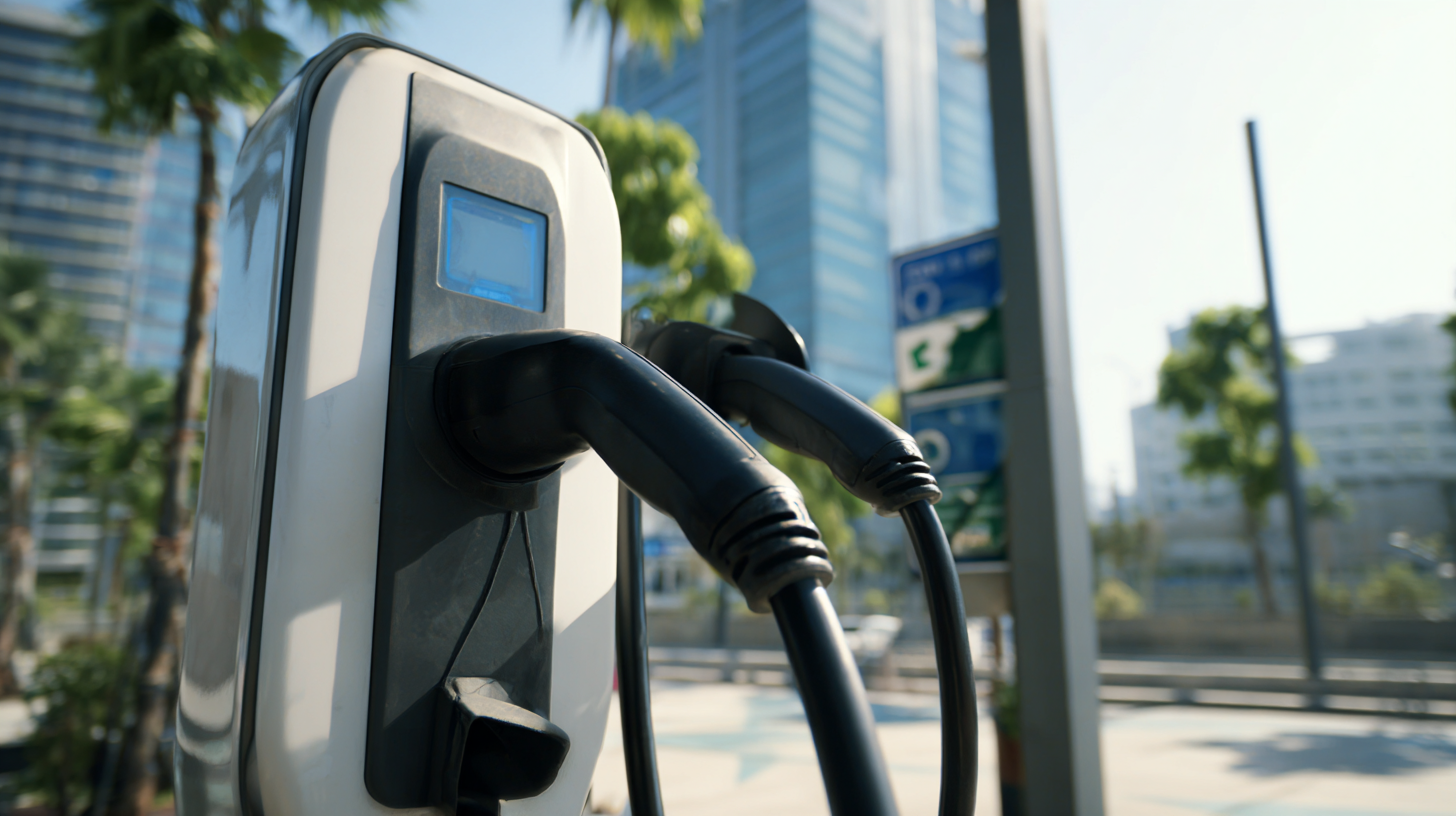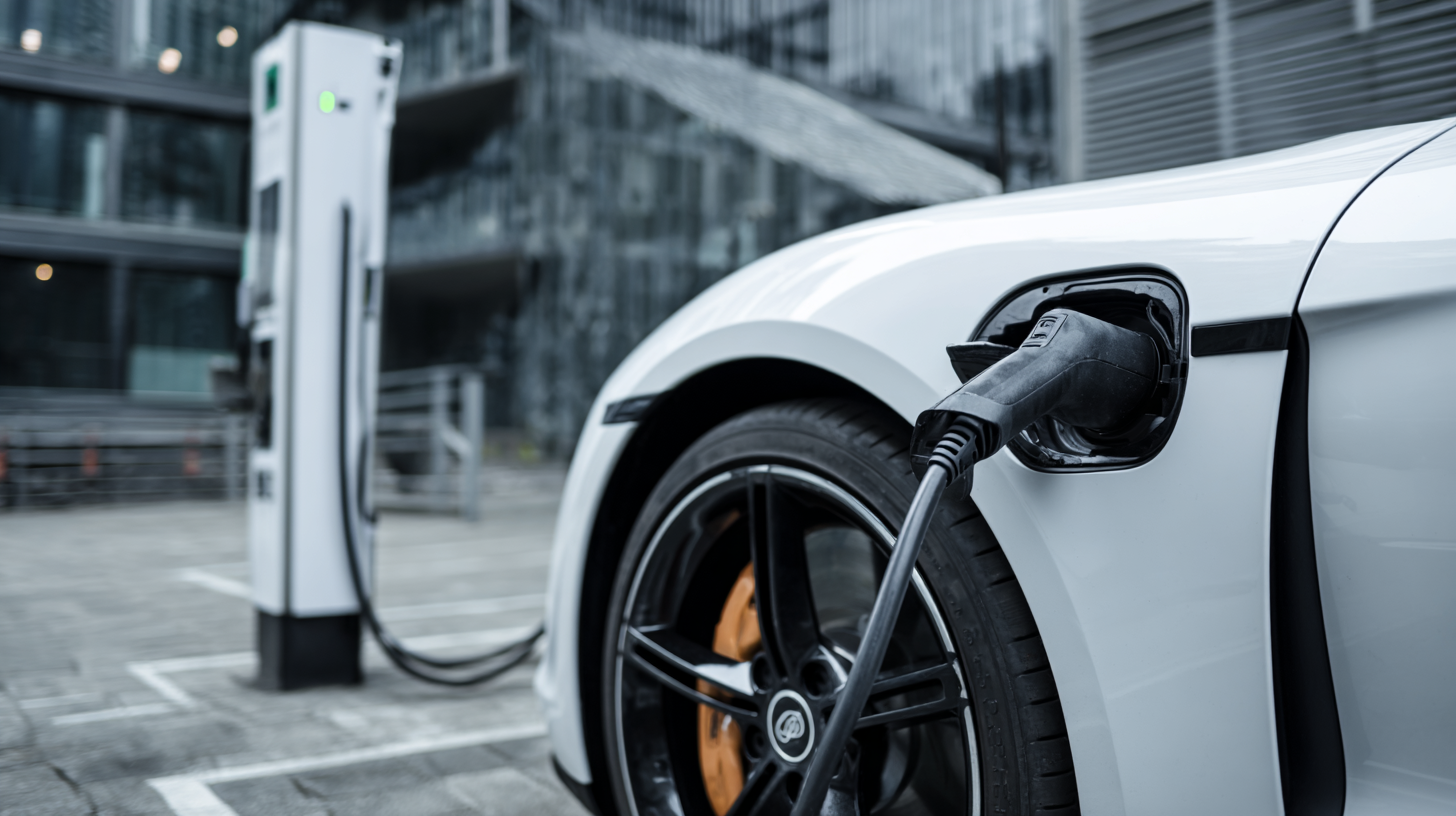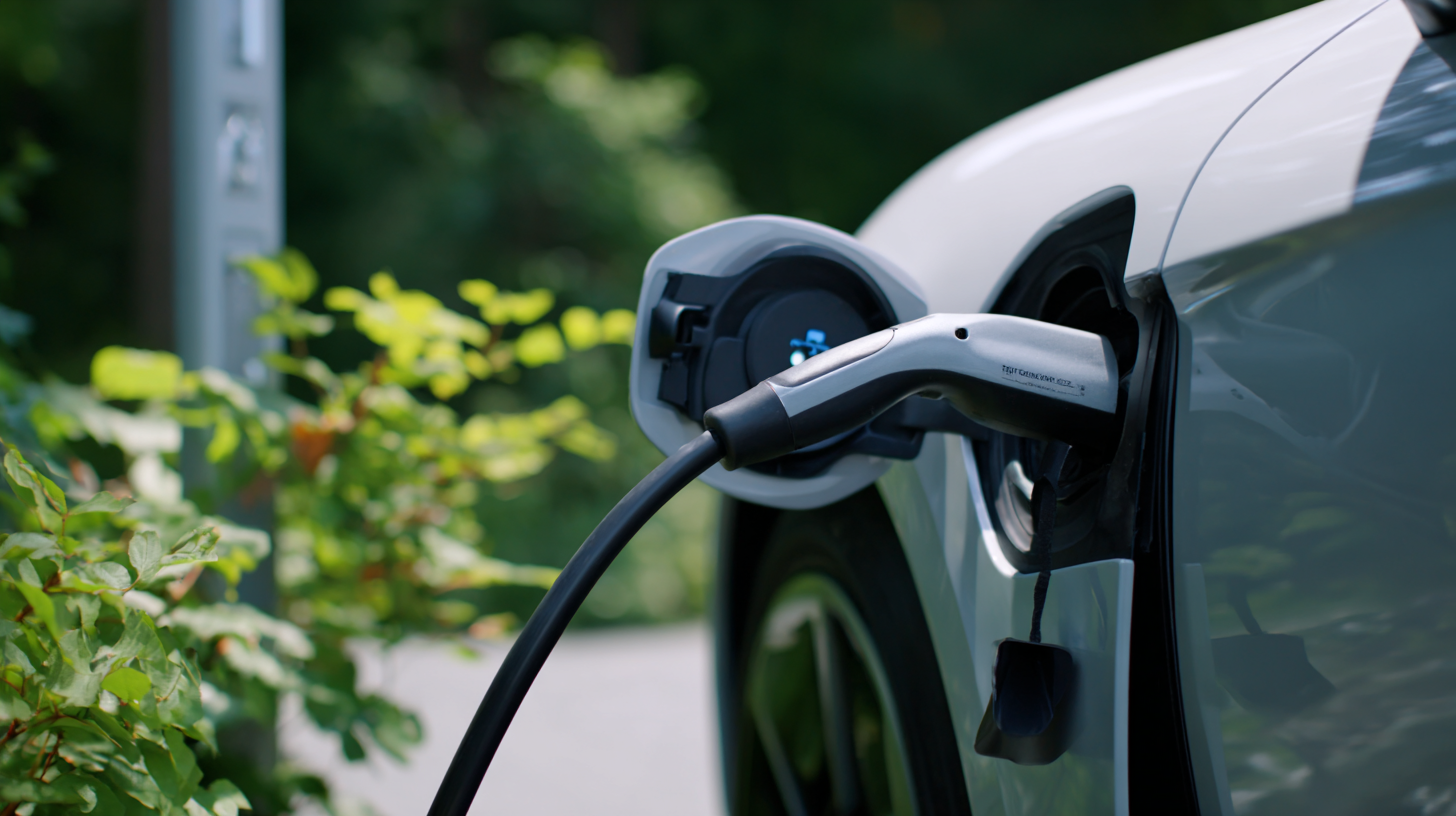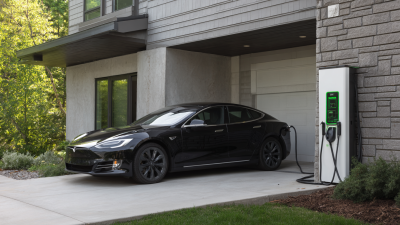Understanding the Future of Electric Vehicle Charging for Sustainable Travel
The future of electric vehicle (EV) charging is pivotal to the advancement of sustainable travel, as the global auto industry shifts towards greener alternatives. According to the International Energy Agency (IEA), the number of electric vehicles is expected to reach 145 million by 2030, creating an urgent need for a robust and efficient charging infrastructure. Furthermore, a report by BloombergNEF indicates that the market for EV charging could exceed $500 billion by 2040, highlighting the growing investment and innovation in charging technologies.

As more consumers adopt electric vehicles, understanding the dynamics of EV charging—ranging from home installations to fast-charging stations along highways—becomes essential. This need for effective and accessible charging solutions will not only facilitate the expansion of EV adoption but also contribute significantly to achieving global emissions reduction targets. Thus, this article will explore the various strategies and technologies shaping the future of EV charging, ensuring a sustainable travel ecosystem.
The Rise of Fast Charging Stations: Trends and Statistics in EV Infrastructure
The rise of fast charging stations is reshaping the landscape of electric vehicle (EV) infrastructure, crucial for promoting sustainable travel. As of 2023, the number of public fast charging stations in the United States has surged to over 24,000, a 50% increase from just two years prior, according to the International Energy Agency (IEA) report. This growth reflects the increasing demand for EVs, projected to reach 125 million units globally by 2030. Fast charging technology not only reduces charging time to around 30 minutes for 80% battery capacity but also alleviates the range anxiety that potential EV owners often experience.
**Tip:** If you’re considering switching to an EV, familiarize yourself with charging station apps that map out fast charger locations along your usual routes, ensuring convenient and efficient travel.
Furthermore, the integration of renewable energy sources in charging stations is a pivotal trend in this sector. By 2025, nearly 30% of new charging stations are expected to feature solar panel installations, minimizing the carbon footprint of charging activities. This shift not only enhances the sustainability of EV travel but also supports energy independence as more consumers embrace electric mobility.
**Tip:** When planning an EV purchase, look into models that support fast charging capabilities, as this feature greatly increases the vehicle's utility, especially for long-distance trips.
Understanding the Future of Electric Vehicle Charging for Sustainable Travel - The Rise of Fast Charging Stations: Trends and Statistics in EV Infrastructure
| Region | Number of Fast Charging Stations | Growth Rate (%) | Average Charging Time (minutes) | Percentage of Public Charging Network |
|---|---|---|---|---|
| North America | 24,000 | 35% | 30 | 45% |
| Europe | 32,000 | 40% | 25 | 60% |
| Asia-Pacific | 45,000 | 50% | 20 | 70% |
| Latin America | 2,500 | 15% | 35 | 25% |
| Middle East & Africa | 3,000 | 20% | 40 | 30% |
Understanding the Impact of Renewable Energy on EV Charging Sustainability
The transition to electric vehicles (EVs) represents a significant shift towards sustainable travel, profoundly influenced by renewable energy sources. As global efforts to combat climate change intensify, the integration of solar, wind, and hydropower into the EV charging infrastructure emerges as a pivotal strategy. By utilizing renewable energy, charging stations can significantly reduce their carbon footprint, aligning with the broader goals of sustainability. This synergy not only helps in decreasing greenhouse gas emissions but also promotes energy independence and security.
Moreover, the scalability and adaptability of renewable energy technologies can enhance the efficiency of EV charging networks. For instance, solar panels installed at charging stations can harness energy during peak sunlight hours, providing a reliable power source. This localized generation minimizes the dependence on fossil fuels and supports the energy grid during high demand. Additionally, improved battery storage solutions can further ensure that excess energy generated can be utilized during off-peak hours, thereby optimizing energy use. As the EV market continues to grow, leveraging renewable energy is essential for creating a sustainable and resilient charging ecosystem.

Analyzing Consumer Preferences: Home vs. Public Charging Solutions
As the electric vehicle (EV) market continues to grow, understanding consumer preferences for charging solutions is crucial for promoting sustainable travel. A significant factor influencing these preferences is the choice between home and public charging options. Many consumers favor the convenience of home charging, as it provides a personalized and secure environment for overnight power replenishment. This preference is particularly pronounced among those with access to off-street parking, allowing them to effortlessly integrate charging into their daily routines.
However, public charging infrastructure is equally important for those who may not have the luxury of a dedicated home charging station. As the demand for EVs increases, the expansion of public charging networks is essential for easing range anxiety and ensuring that electric vehicles are a viable option for all consumers. Analyzing the balance between home and public charging will be key to understanding how to promote greater adoption of electric vehicles and ultimately contribute to global zero-carbon goals.
Understanding Consumer Preferences in Electric Vehicle Charging Solutions
The Role of Smart Grids in Optimizing Electric Vehicle Charging Efficiency
The shift towards electric vehicles (EVs) is reshaping the landscape of travel, but the efficiency of charging is pivotal for sustainable growth in this sector. Smart grids play a crucial role in revolutionizing how EVs are charged, as they facilitate dynamic energy management. With the ability to adjust power distribution in real-time, smart grids can optimize charging times and reduce costs, thereby encouraging more drivers to transition to electric alternatives.
Tips: To maximize charging efficiency, EV owners can take advantage of off-peak charging hours when electricity demand is lower. By synchronizing charging times with renewable energy generation, such as during sunny or windy days, drivers can further enhance sustainability.
Moreover, smart grid technology can help infrastructure providers manage charging stations more effectively. By analyzing data on usage patterns, energy demand, and vehicle availability, fleet operators can ensure that they match energy supply with demand. This dynamic management allows for a smoother travel experience while reducing grid strain during peak times.
Tips: Consider joining a charging network that utilizes smart technology for real-time updates and reservation systems. This can help you avoid long waits and ensure that you always have access to charging when needed.

Future Technologies: Innovations Shaping Electric Vehicle Charging Experiences
The rapid evolution of electric vehicle (EV) charging technologies is poised to transform the landscape of sustainable travel. Innovations such as ultra-fast charging stations and wireless charging systems are set to enhance the convenience and efficiency of EV usage. Ultra-fast chargers can significantly reduce the time needed to recharge an EV, enabling drivers to quickly power up during long journeys and making electric vehicles more appealing for consumers who may have previously hesitated due to charging time concerns.
Additionally, advancements in smart charging technology are creating a more integrated and user-friendly experience. These systems can optimize charging times based on electricity demand, potentially lowering costs for EV owners. Furthermore, vehicle-to-grid (V2G) technology allows electric vehicles to not only consume energy but also return it to the grid during peak demand times, promoting energy sustainability. As charging infrastructures continue to evolve with these innovations, the future of electric vehicle charging looks promising, offering a seamless and sustainable travel experience for all.
Related Posts
-

Top 10 Electric Vehicle Charging Manufacturers from China at the 137th Canton Fair
-

How to Choose the Right EV Charging Solution for Your Home and Business
-

How to Choose the Right LED Lighting Solutions for Your Business Needs
-

Unlocking the Advantages of LED Lighting for Sustainable Business Growth
-

Elevate Your Space with Unique Solutions from China's Leading Contemporary Lighting Factory
-

How to Choose the Perfect Street Lights for Your Outdoor Spaces





